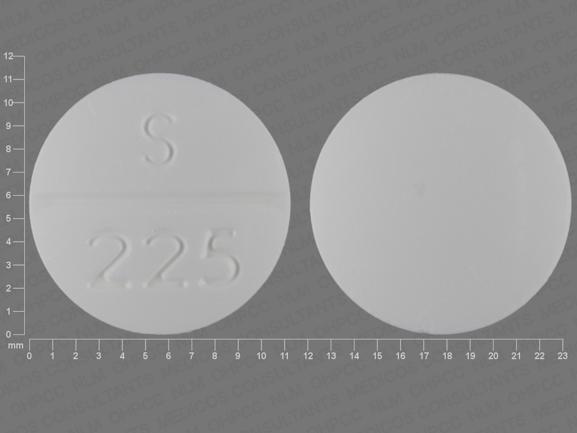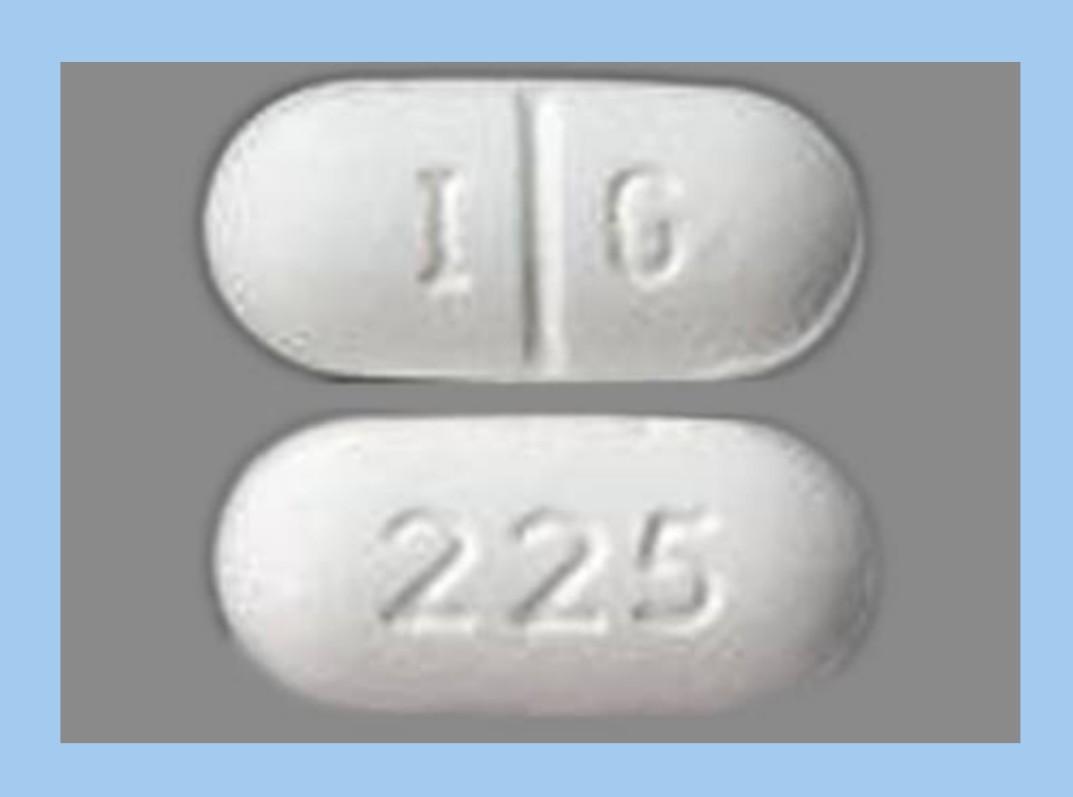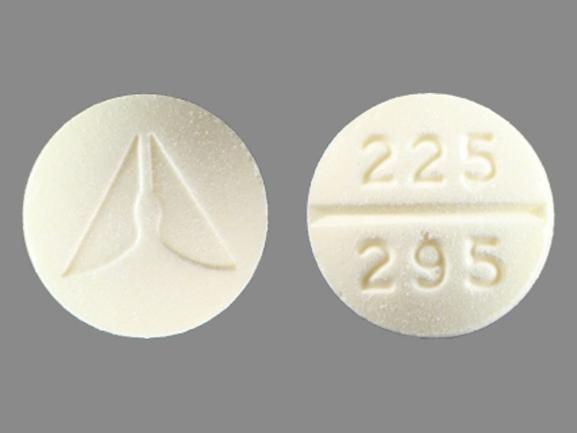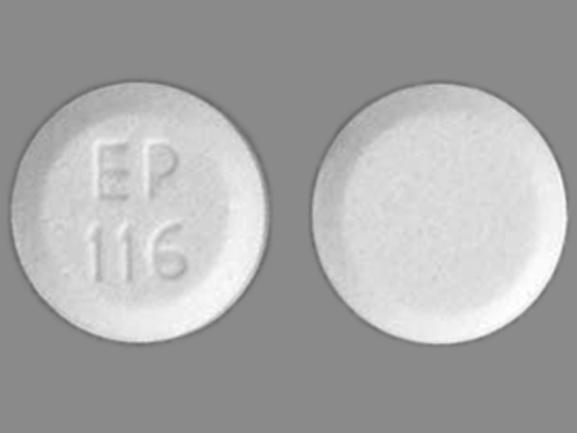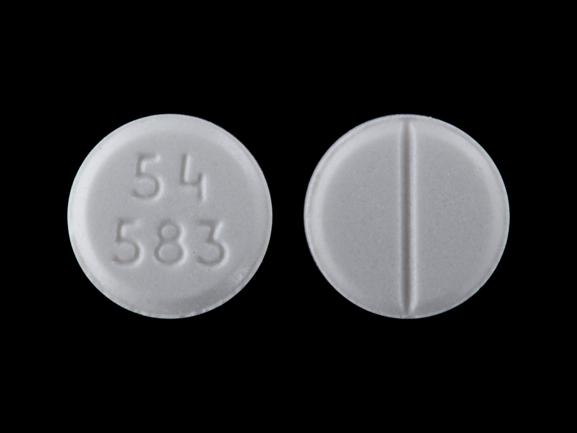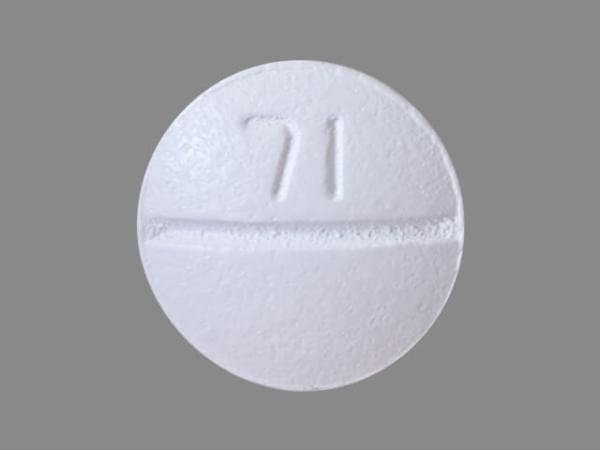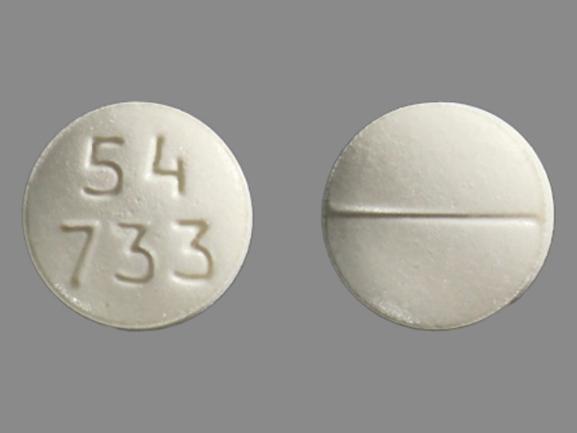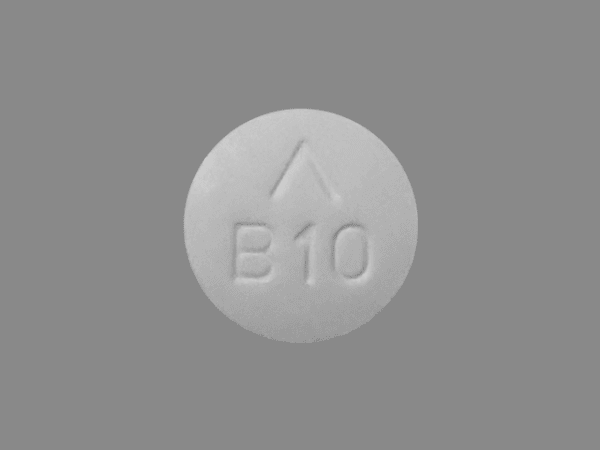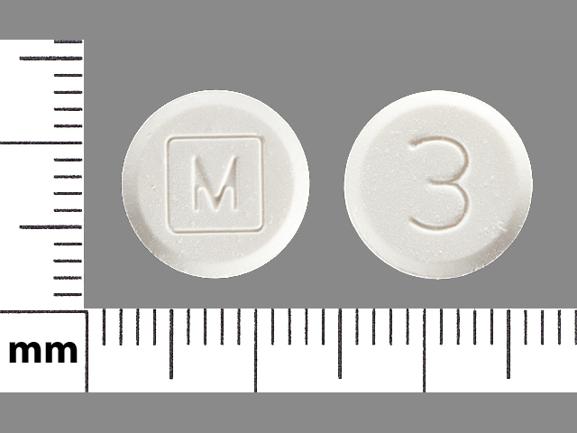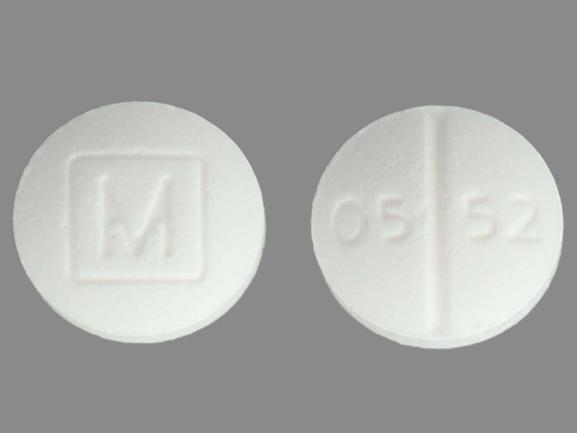White Round Pill With 225 On One Side
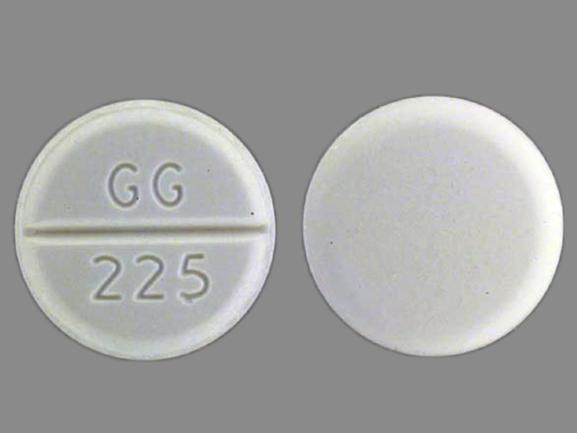
Imagine a small, white pill, unassuming in its appearance, yet holding a story within its compact form. One side is smooth, while the other bears the inscription "225," a seemingly simple marking that opens a gateway to understanding its purpose and place in the world of pharmaceuticals. This is more than just a pill; it represents a carefully crafted solution, intended to bring relief and improved well-being.
The white, round pill marked with "225" on one side is commonly identified as Tramadol Hydrochloride 225mg, an opioid analgesic prescribed to manage moderate to moderately severe pain. Understanding its uses, potential side effects, and the importance of responsible usage is crucial for both patients and healthcare providers. This article delves into the details of this medication, exploring its significance and promoting informed decisions about pain management.
Understanding Tramadol
Tramadol is a synthetic opioid analgesic. It works by binding to opioid receptors in the brain and inhibiting the reuptake of norepinephrine and serotonin. This dual mechanism helps to reduce the sensation of pain.
The 225mg dosage indicates the strength of Tramadol contained within each pill. Higher dosages are typically prescribed for individuals experiencing more intense pain levels or those who have built up a tolerance to lower doses.
Indications and Uses
Tramadol is primarily prescribed for the management of moderate to moderately severe pain. This includes pain resulting from injuries, surgeries, and chronic conditions like osteoarthritis. It offers an alternative for patients who require stronger pain relief than over-the-counter medications but may not need the potency of stronger opioids.
However, according to the Drug Enforcement Administration (DEA), Tramadol is a Schedule IV controlled substance due to its potential for abuse and dependence. Therefore, responsible use is paramount.
Potential Side Effects and Risks
Like all medications, Tramadol carries the risk of side effects. Common side effects include nausea, constipation, dizziness, drowsiness, and headache. More serious side effects can include seizures, respiratory depression, and allergic reactions.
Due to its opioid properties, Tramadol can be habit-forming. Prolonged use can lead to physical dependence and withdrawal symptoms upon cessation. The Food and Drug Administration (FDA) provides detailed guidelines on its proper usage and potential risks.
Responsible Use and Precautions
It is vital to take Tramadol exactly as prescribed by a healthcare professional. Patients should never exceed the recommended dose or take the medication for longer than prescribed.
Individuals with a history of substance abuse, seizures, or respiratory problems should exercise extreme caution when using Tramadol. Discussing all medical conditions and medications with a healthcare provider is critical before starting Tramadol to avoid potential interactions.
Disposal of unused medication is also crucial to prevent misuse or accidental ingestion. Many pharmacies offer medication take-back programs or provide guidance on safe disposal methods.
The Bigger Picture of Pain Management
The presence of Tramadol 225mg highlights the broader landscape of pain management. It underscores the need for individualized treatment plans that consider the patient's specific pain level, medical history, and potential risks.
Healthcare professionals are increasingly emphasizing multimodal approaches to pain management. This involves combining medication with physical therapy, lifestyle modifications, and alternative therapies like acupuncture or massage.
Such approaches aim to minimize reliance on opioid medications and improve overall quality of life for individuals living with chronic pain.
Conclusion
The small white pill with "225" inscribed upon it represents more than just a pharmaceutical product; it embodies the ongoing quest to alleviate suffering and improve the human condition. Understanding its properties and encouraging responsible use is a shared responsibility. It requires collaboration between healthcare providers, patients, and the broader community to ensure that pain management is both effective and safe, always striving for a balance that prioritizes well-being.

